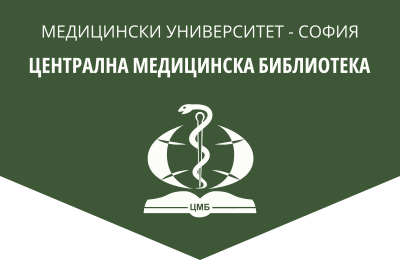The role of physical activity in rheumatoid arthritis
Medical Review (Med. pregled), 2023, 59(2), 24-32.
I. Miteva1, V. Valtchev2
1 Chair of Occupational Medicine, Faculty of Public Health, Medical University – Sofia
2 Chair of Physiology and Biochemistry, National Sports Academy “Vasil Levski”
Abstract. Rheumatoid arthritis (RA) is a chronic inflammatory auto-immune disease, causing progressive damage to the musculoskeletal system. Patients with RA also suffer from accelerated muscle loss or cachexia, which contributes to the loss of physical function and quality of life. Physical activity does not play a central role in the management of the disease as it is essential to maintain muscle strength and endurance, range of motion and the ability to perform activities of daily life. On the other hand, given the nature of the disease, there is always an increased risk for injury. There is a large amount of literature investigating the effect of exercise interventions on muscle function and disease activity. These studies show that exercise clearly improves muscle function without affecting disease activity. Studies including radiographic evaluation of joint damage as an endpoint also show that there is no evidence that exercise, even high-intensity exercise, increases inflammation or joint damage, although care should be taken with patients with severe baseline damage. Regarding daily physical activity (exercise is only one component of physical activity) there is hardly any research done showing either that physical activity is indeed decreased in patients or whether or not there is a relation between daily physical activity and disease activity. The results from studies looking at the effect of exercise on muscle mass or the ability to prevent or reverse cachexia are somewhat contradictory. The physical load must be correctly dosed, if it is more – the joints are stressed and the arthritis is activated. Increasing physical activity cannot improve the systemic manifestations of RA if there is no proper symptomatic and underlying treatment.
Key words: exercise, physical activity, rheumatoid arthritis, autoimmune disease, cardiovascular disease, inflammation, rehabilitation
Address for correspondence: Assoc.prof. Iva Miteva, дм, e-mаil: i.miteva@foz.mu-sofia.bg
